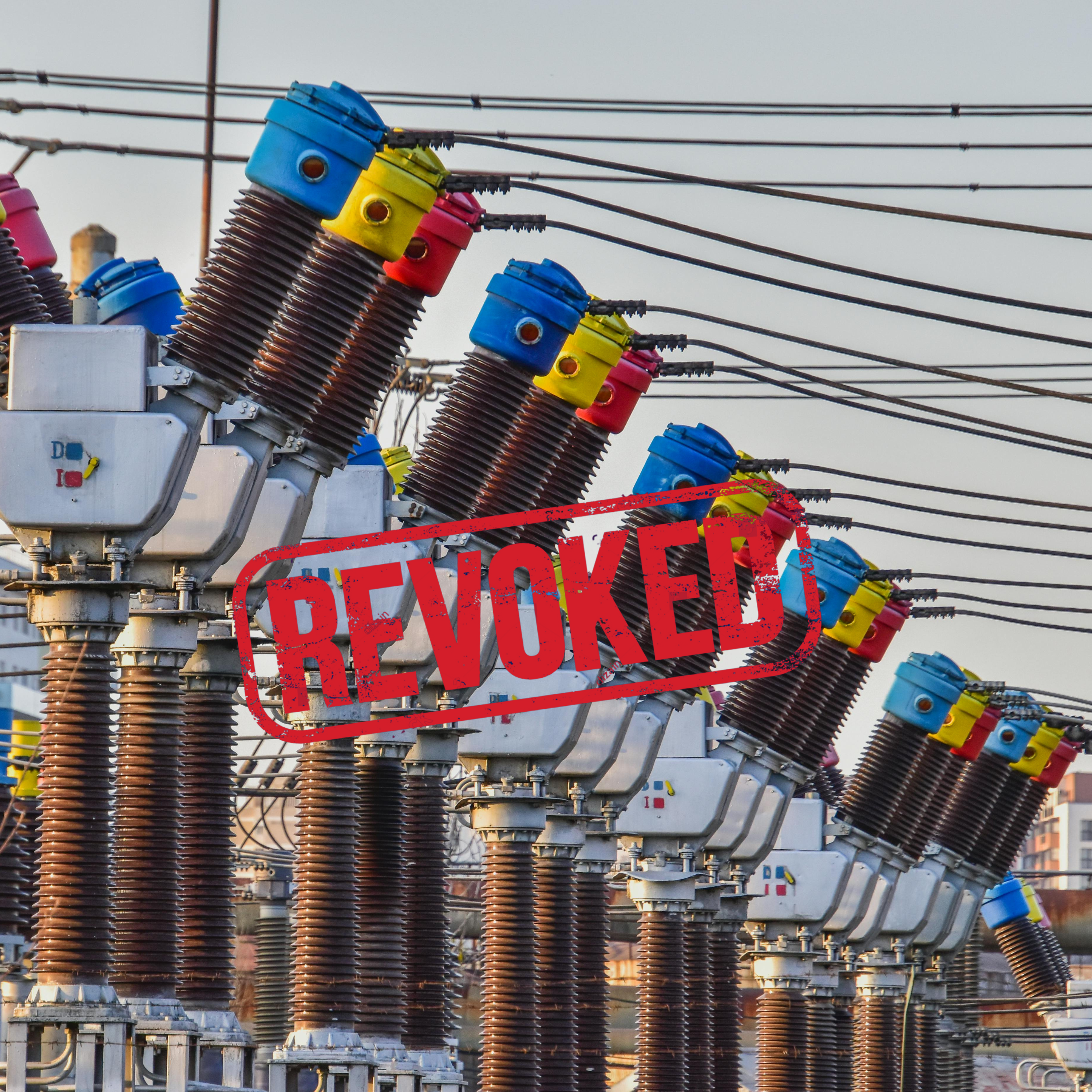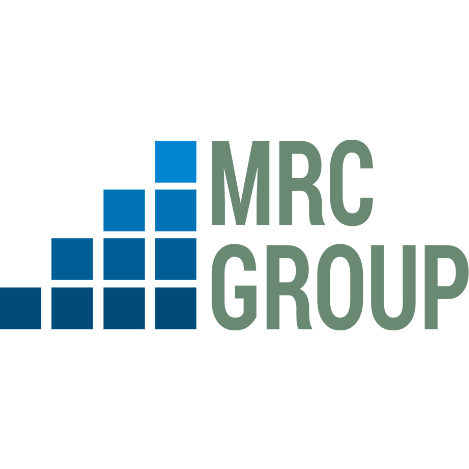









NERC’s Power of Revocation
The Electricity Act 2023 strengthened NERC’s authority, granting the regulator new privileges including the power to revoke licenses. However, there is a specific procedure that must be followed to invoke this power.
License Revocation Procedure under the EA 2023
The EA stipulates that the following must occur before a license can be revoked:
- Initiation: NERC can unilaterally or upon complaint by any consumer, eligible customer, consumer associations, shareholders in the licensee company, or a licensee themselves inquire into the actions a licensee has taken in performing its obligations stipulated in its license or the EA. However, NERC can only intervene if after its inquiry it finds that:
- The licensee has informed NERC that it is unable to discharge its obligations under the Act and its license;
- The licensee is in extended default of its obligations under the Act or regulations and directives issued by the Commission;
- The licensee has been plagued by a prolonged management crisis that has now become harmful to the interests of shareholders, consumers, and overall operations; or
- The licensee has insufficient assets to cover its liabilities to lenders and is at imminent risk of receivership.
- Preliminary Penalty: Where NERC determines that any of the above have happened and the licensee is in a grave situation, it may apply any of the following penalties:
- Issue an interim order dissolving and removing the Board of Directors and appoint administrators and special directors to manage the affairs of the business for a stipulated period;
- Issue an order requiring the licensee to take or refrain from taking any action;
- Employ any other regulatory intervention it deems fit.
- Licence Revocation: If the licensee’s operations do not improve after NERC takes any or all of the preceding steps, it may then revoke the license of the relevant licensee.
Growing Concerns Over Poor Electricity Supply Quality
Over the last few months, citizens have been expressing concerns about the poor quality of the electricity supply. The current situation has significantly impacted their daily lives, especially given that Nigeria is experiencing some of its hottest months on record.
Considering the challenges above, there is a growing sentiment for the implementation of repercussions/penalties for licensees who fail to deliver satisfactory services. Notably, among all entities within the value chain, Distribution Companies (DisCos) stand out as the primary interface with customers. Consequently, during instances of service disruptions, customers often attribute responsibility to DisCos. Nevertheless, the underlying cause of inadequate power supply predominantly stems from multiple critical challenges: Generation Companies (GenCos) are currently generating insufficient electricity compared to their capacities, and TCN is having significant transmission challenges and vandalizations within their network.
Recent Decrease in Generation Levels
In 2020, Nigeria's power demand was estimated to be approximately 17,566 megawatts (MW). Since then, the demand has only risen. Despite this, the country's 28 Generation Companies (GenCos) currently have a combined installed generation capacity of 13,097 MW and an actual operational capacity of 7,653 MW. However, the average power generation level averages 3,500- 4,500 MW.
This inability to meet demand is a result of two major factors:
Gas Supply: Revenue flows up the value chain from customers to DisCos who then remit to other market players in the value chain including the GenCos. When customers do not make complete payments or the tariff is insufficient to cover all costs incurred, the 24 gas-powered GenCos are unable to pay gas suppliers and can therefore not secure sufficient gas to generate as much electricity as they should.
Transmission Infrastructure: Conversely, power flows down the value chain, from GenCos to the transmission network and finally to DisCo networks. However, misalignments within the network can prevent adequate supply, resulting in installed capacity being underutilized. For instance, although the installed capacity is currently 13,097MW, the Transmission Company of Nigeria (TCN) has a simulated capacity of 8,100MW according to their records. This means that even if GenCos were to operate at full capacity, TCN would still be unable to transmit all the generated power.
In recent months, there has been a noticeable decrease in generation levels among GenCos, who typically generate an average of 3,500 – 4,500MW. The reason for this decrease is low gas availability due to liquidity challenges.
Currently, the customer electricity tariff is subsidized, with consumers paying only a portion of the tariff while the remaining balance is covered by the Federal Government. Nevertheless, losses within the value chain significantly affect revenue collection. These losses stem from issues such as energy theft, poor metering levels, and inadequate revenue recovery practices. Furthermore, the Federal Government has faced challenges in fulfilling its financial commitments on the allowed tariff shortfalls, leading to a substantial accumulation of debt known as the tariff shortfall.
The chart below illustrates the average generation of the 26 currently operational GenCos over the past three months:
Conclusion
The process under the EA is clear. NERC must determine that the licensee is in a particularly severe situation before it can intervene, and even then, it must first apply preliminary penalties.
Therefore, it is doubtful that the licenses of current DisCo investors will be revoked in the near future due to their inability to deliver reliable electricity supply as a result of poor generation levels.











